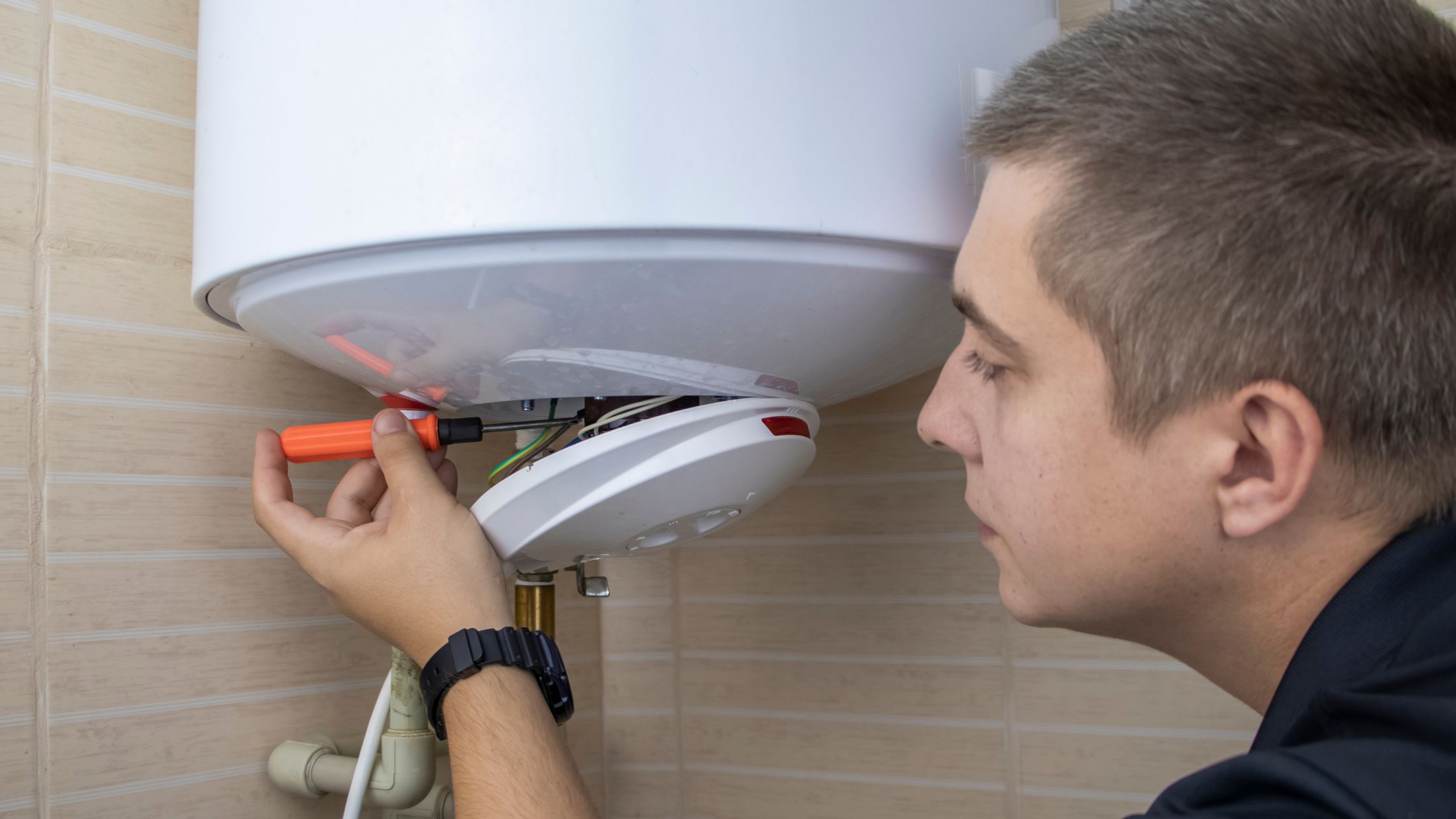
Similar Posts

5 Amazing Cost Effective Ways to Heat Your Home
The cost of heating your home can be a burden to the pocketbook. There are many cost effective ways to…
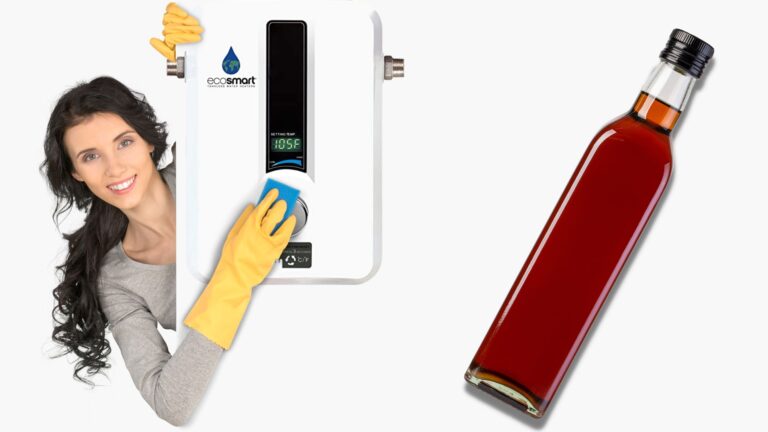
How to Clean Hot Water Heater with Vinegar?
To make sure that your house is effectively using water and energy, you can check whether the tank in which…
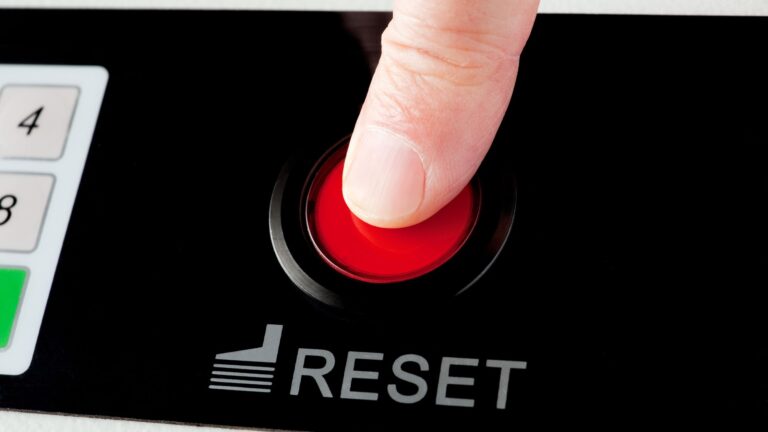
How to Reset Water Heater: Step-by-Step Guide for Electric and Gas Water Heater
If your water heater stops working, it isn’t necessary to take it for servicing every time. Resetting is also an…
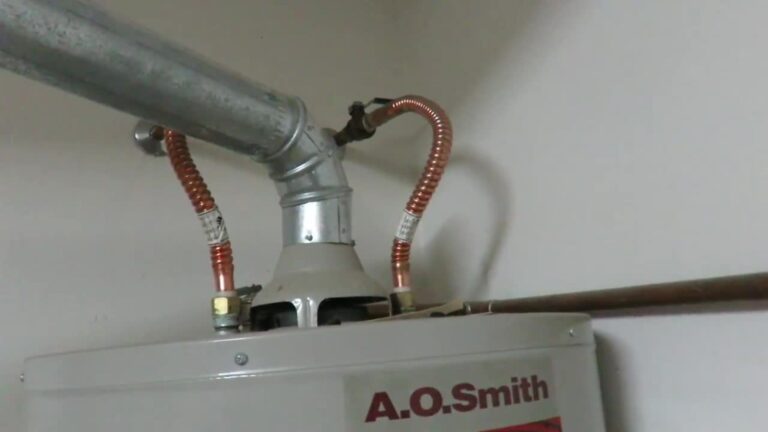
Hot Water Heater Leaking from Top in 2023? [7 Unusual Quick-Fixes]
If you are experiencing troubles with your water heater, it may never be a good sign for you. You may…

Finding a Tankless Water Heater Flush Kit? We have got you covered!
Is there any recent decrease in water flow from the tankless water heater? This could be a sign of the…
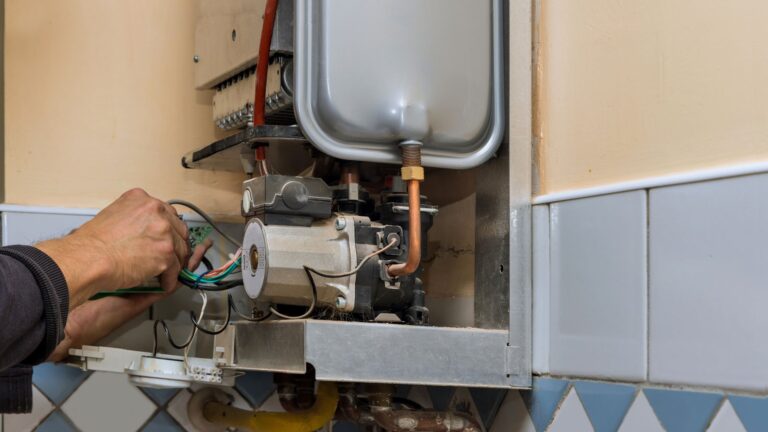
Water Heater Not Heating After Replacing Elements and Thermostat – 7 Reasons!
Well, the water heater has one work to do and it’s heating. But if it doesn’t do the task correctly,…
